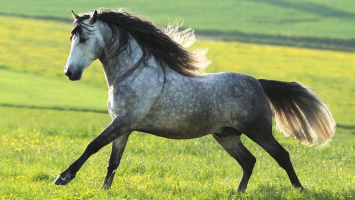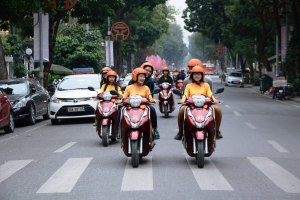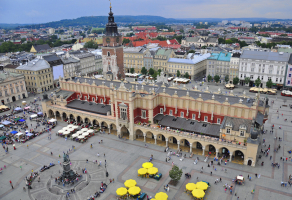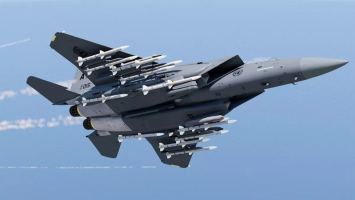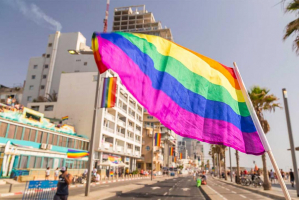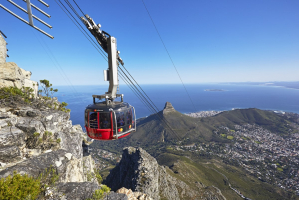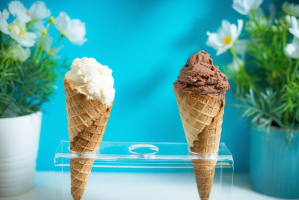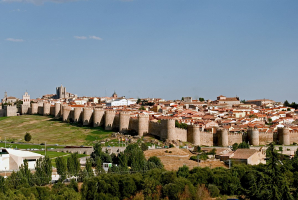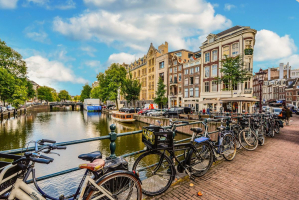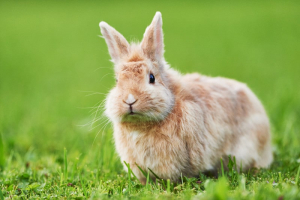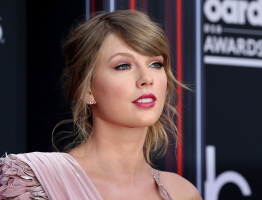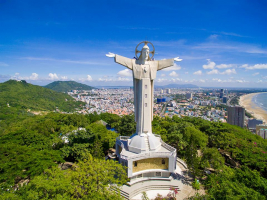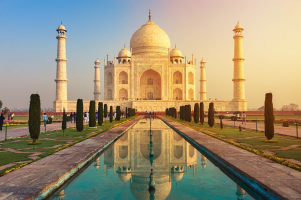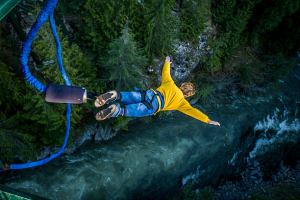Top 9 Most Popular Yoga Styles in the World
The yoga craze is at an all-time high throughout the world. The number of people practicing yoga either as a hobby or as a means of enlightenment is ... read more...ever-increasing. Toplist shall take a closer look at the most popular yoga styles in the world that is prevalent and the benefits it provides. Once you go through this article, you will have an idea regarding which yoga style is suitable for your growth.
-
Hatha yoga is a moderate kind of yoga that focuses on static poses and is therefore appropriate for beginners and is one of the most popular yoga styles in the world. It's known for being a gentle and slow-paced method of practice. Hatha yoga is a general term for any type of yoga that focuses on movement. It's made up of the terms "ha" (sun) and "tha" (moon), and it's all about harmonizing these two forces. In the Western world, asana (yoga postures), pranayama (breathing practices), mudra (hand gestures), mantra (chanting), shatkriya and shatkarmas (cleaning techniques), and visualization approaches are used to balance the body and mind.
Breathing, meditation, and fundamental postures are all part of typical Hatha yoga practice, and it's all about linking your body and mind to enhance awareness and stability. If you're trying to figure out which form of yoga to start with, "Hatha" might be the best place to start. Hatha yoga is one of the most popular types of yoga. Due to its suitability for a wide range of abilities, it is also a popular yoga practice for wellness and wellbeing retreats. Hatha yoga is a gentle exercise that is frequently used in mindfulness and meditation retreats. To increase relaxation, it is frequently complemented by times of solitude, breathing methods, and even sound healing experiences such as a gong bath.
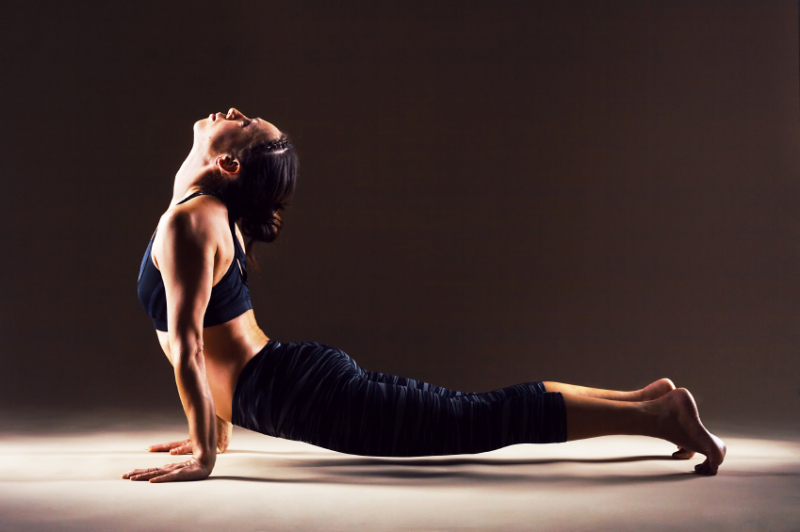
Breathe 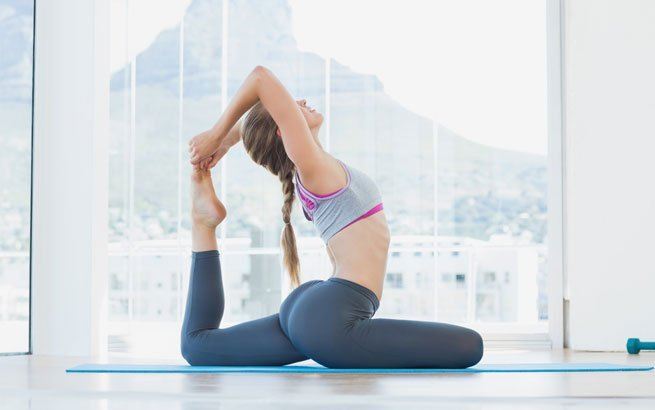
Leben -
Vinyasa yoga is defined as "putting something in a unique way," which includes yoga positions. Unlike Hatha yoga, which focuses on one posture at a time with a break in between, Vinyasa flow connects poses in a sequence. Although lessons may vary based on the teacher and her or his practice, in a typical Vinyasa yoga session, you should anticipate repeating the sequence several times.
In most situations, yogis are not required to follow a specific philosophy, handbook, or sequence, allowing their unique personalities to shine through. That's why it's crucial to pick an instructor with whom you enjoy practicing and whose sequencing corresponds to your goals. If your first session didn't go as planned, switch professors until you discover one who better meets your needs.
All levels and experiences are usually welcome at a Vinyasa flow yoga retreat. Early morning vinyasa courses are held to warm up the body, promote blood circulation, and shift energetic blocks. You will notice a gain in strength and concentration with a regular powerful practice of Vinyasa flow yoga.
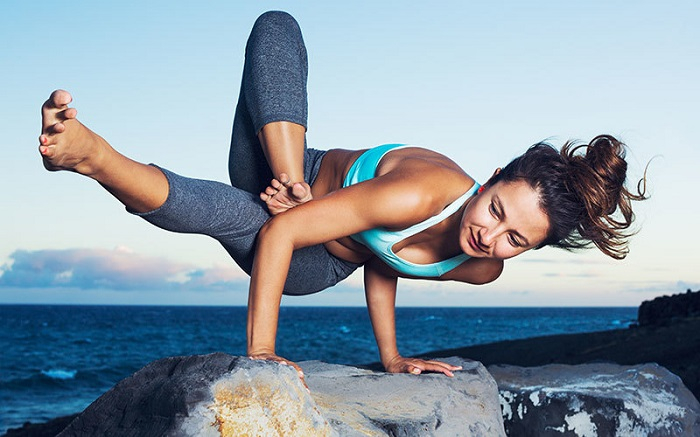
META 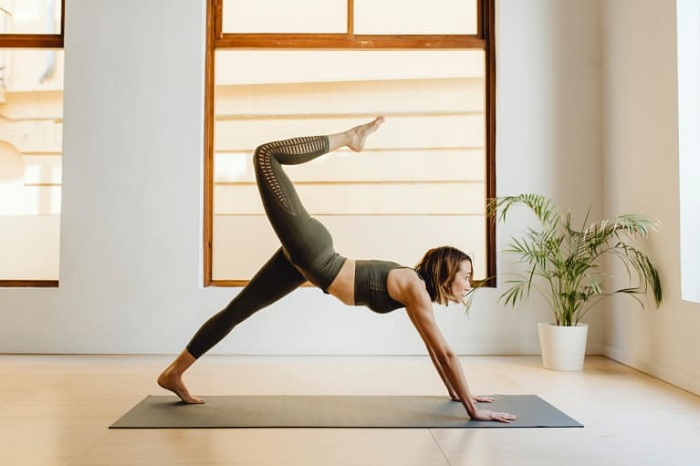
META -
Ashtanga yoga is a powerful and vigorous Vinyasa yoga style. "Ashta" and "Anga" are two Sanskrit words that make up the word Ashtanga. "Ashta" means "eight," whereas "Anga" means "limb" or "body part." As a result, Ashtanga combines the eight limbs of yoga into a single, holistic discipline. These eight limbs of yoga symbolize the many areas of yoga philosophy found in the yoga sutras, which serve as the Ashtanga Yoga School's foundation. All eight limbs of yoga are integrated into the Ashtanga philosophy: Yama (moral codes), Niyama (self-discipline), Asana (posture), Pranayama (breath control), Pratyahara (sense withdrawal), Dharana (concentration), Dhyana (meditation), and Samadhi (meditation) (oneness with the self).
Ashtanga is a very energetic and athletic form of hatha yoga that is divided into six series of levels, each having a specific sequence of poses. It's based on Vinyasa, which focuses on energy and breath while moving between postures. It is a physically demanding activity that also develops mental clarity and inner calm. The Ashtanga yoga practice is based on several key ideas. This multi-pronged strategy supports both physical and mental health. For an effective ashtanga practice, these five principles are required.
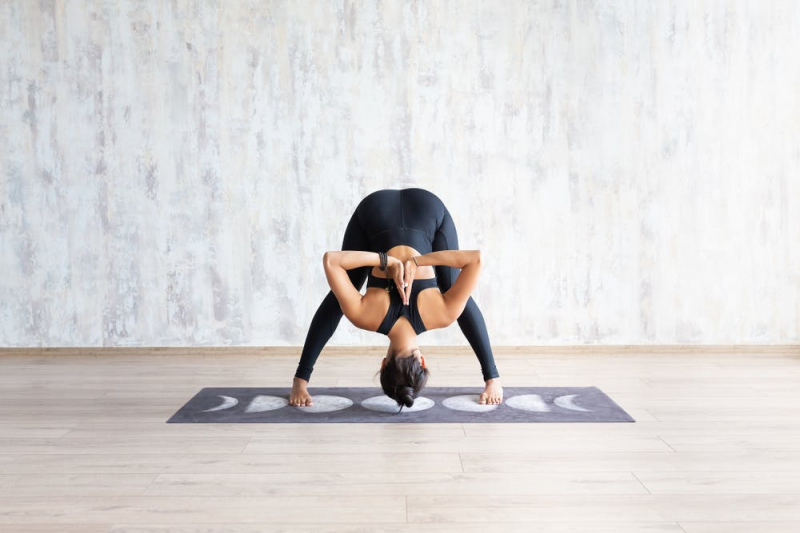
LEEP.APP 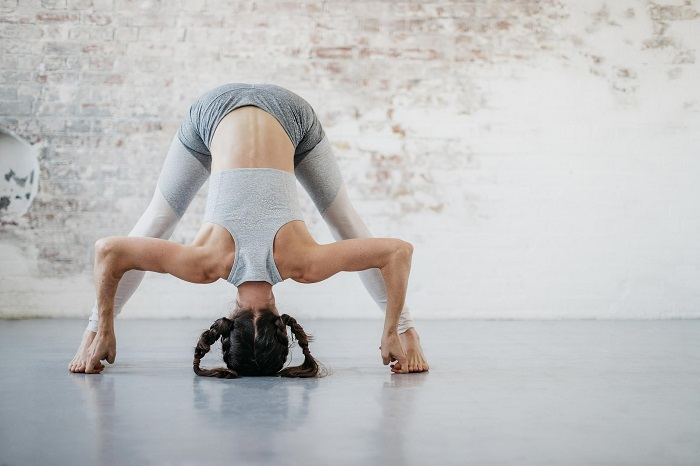
META -
The most spiritual kind of yoga is Kundalini yoga. It necessitates heavenly commitment and persistence in the discipline. Physical postures, prana (breathing techniques), chanting, meditation, and shatkriyas and shatkarmas (methods of cleaning and balancing the Chakra System) are all part of Kundalini Yoga. The life force is a coiled-up serpent that lies dormant in the seven chakras of the body, and Kundalini is the untapped energy "curled" at the base of the spine that may be brought up through the body by awakening each of the seven chakras.
To put it another way, it releases the energy within you that will gradually raise your spine. By bringing the mind, body, and soul into total balance, Kundalini Yogis believe that balancing the chakras and unleashing the energy is the way to more fulfillment and happiness in your life. Most Kundalini Yoga retreats are 7-8 day programs that focus on healing the 7 chakras, starting with the root chakra (Muladhar), then unwinding and rising up to your seventh, highest chakra, The Crown, while concentrating on the auras of each chakra energy (Sahasrara). Every day, a new chakra is explored in order to bring individuals closer to their inner selves.
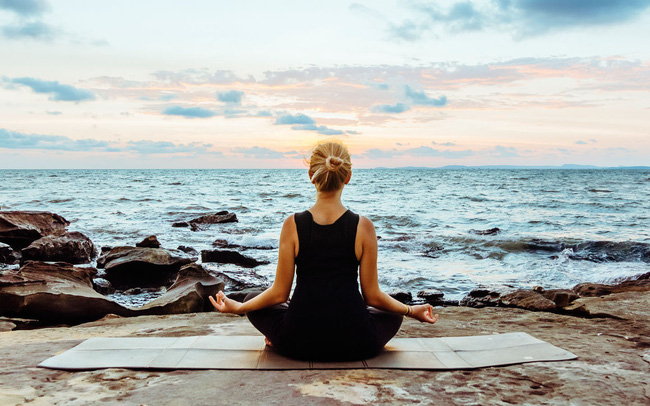
META 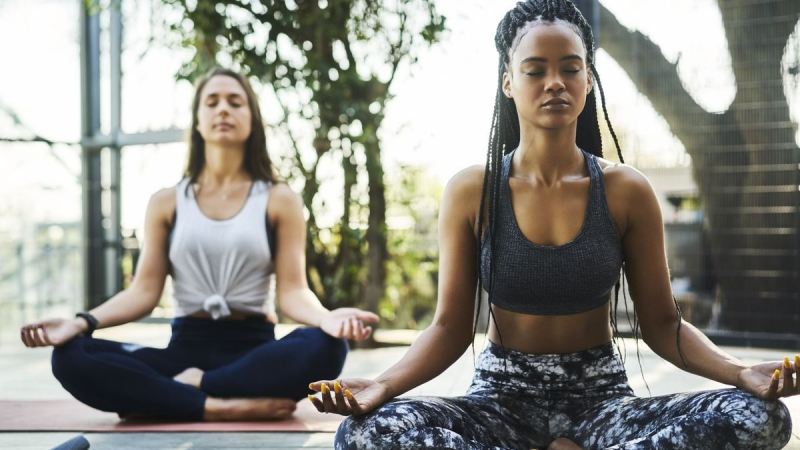
Doctissimo -
Hot yoga is frequently a fluid vinyasa type of practice in which the instructor guides students through a series of linked poses and is one of the most popular yoga styles in the world. The room is normally kept at a temperature of 35 to 45 degrees Celsius throughout the class, which causes your body to sweat heavily. The goal is for the heat to loosen your muscles and the perspiration to aid in the cleansing of your body.
Bikram yoga is a type of hot yoga that is very regimented. In a single 90-minute session, Bikram Choudhury designed a series of 26 poses with two pranayamas (breathing) patterns, each of which is repeated twice. Bikram yoga promotes balance and posture, strengthens and stretches muscles, lowers stress, and detoxifies the body (thanks to sweating). It also aids in the healing of joint aches and the development of bone density, as well as the management of chronic health issues such as depression and sleeplessness.
Bring plenty of water to class. Drink 1.5-2 liters of water throughout the day before starting the session. Bring a bottle to the session with you to sip from as needed, but don't overdo it. Because of its multiple benefits, it is frequently used as a "little well-being break" during weekend yoga retreats. Hot yoga retreats are frequently hosted by the sea, so after working up a sweat during classes and workshops, you may cool off in the sea. Classes are held in heated rooms, but they can also be held on the beach.
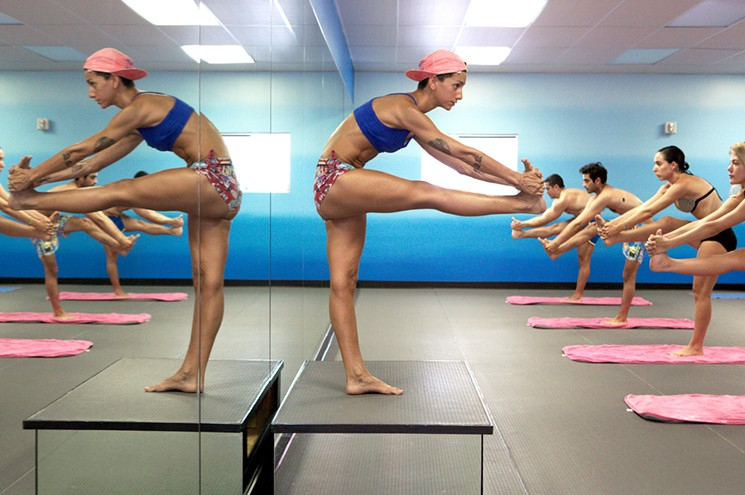
YOGALINK 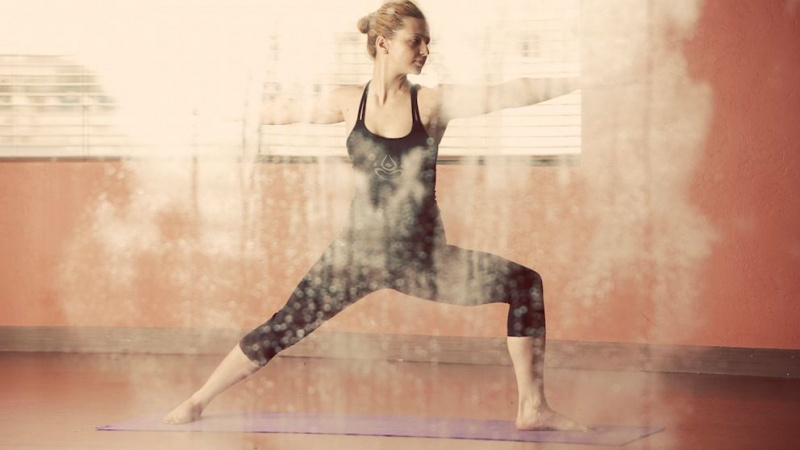
Health -
Iyengar yoga is named after B.K.S Iyengar, the founder of the discipline in the 1960s. Iyengar yoga is a type of Hatha yoga that emphasizes perfect alignment and technique. Iyengar yoga blends asanas (poses) and pranayama (breath) to increase strength, stamina, and flexibility through slow movements and an emphasis on quality over quantity. It's great for increasing your strength, stability, flexibility, and awareness.
Each pose is held for long periods of time in class to create a stronger connection to the breath and general concentration. It is also frequently adjusted with props such as blankets, belts, and blocks to support your body and guarantee that asanas are practiced properly. Beginner Iyengar yoga retreats are ideal (although check if the specific ones are marked as such). If you're new to yoga, you'll be offered adjustments to help you get the most out of it. It's an opportunity for more experienced practitioners to hone their skills.
To practice Iyengar yoga at home, you'll need to first put together a sequence utilizing the over 200 poses and 14 breathing techniques available. While you can mix and match the poses, Iyengar yoga usually begins with a meditative warm-up, then moves on to standing postures, and finally to restorative, reclining poses.
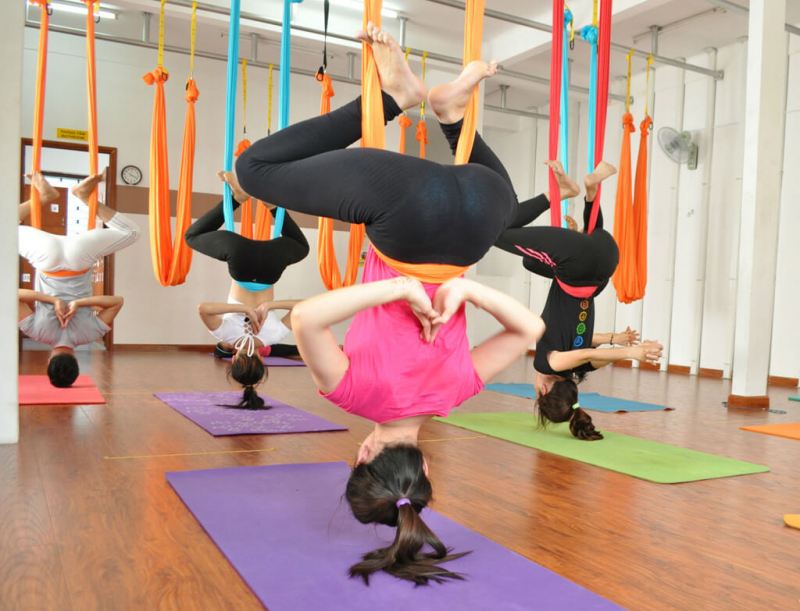
Hebe Yoga 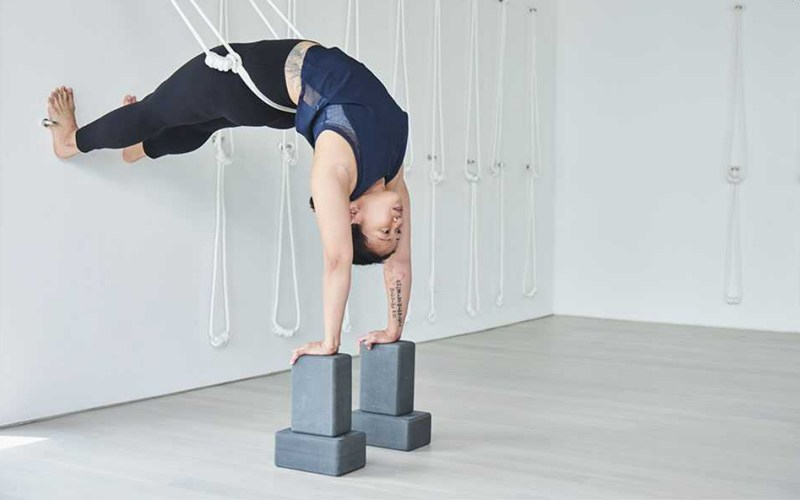
Hebe Yoga -
Power yoga, as the name implies, focuses on increasing strength and endurance and is one of the most popular yoga styles in the world. It's also a great way to burn calories while doing yoga. Power yoga is commonly used interchangeably with Vinyasa yoga, despite the fact that it is not a recognized kind of yoga.
Power yoga is more accurately described as a type of Vinyasa yoga, which has its origins in Ashtanga yoga, a well-established practice that dates back to the early twentieth century. Rather than treating each position individually, power yoga focuses on the flow from one to the next. Unlike some other types of yoga, the poses aren't separated from one another.
Power yoga, whatever you call it, is a high-intensity, fast-paced workout. You quickly shift from one posture to the next, synchronizing your breathing to your body's various motions. A power yoga class may resemble an aerobics class rather than a relaxing, meditative yoga practice. Power yoga is more energetic than meditative, even though it demands mindfulness and attention to your breathing.
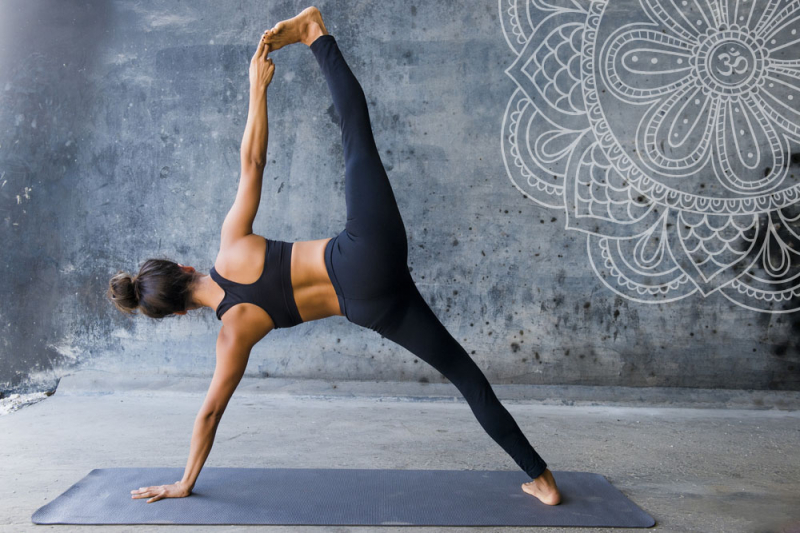
California Fitness and Yoga 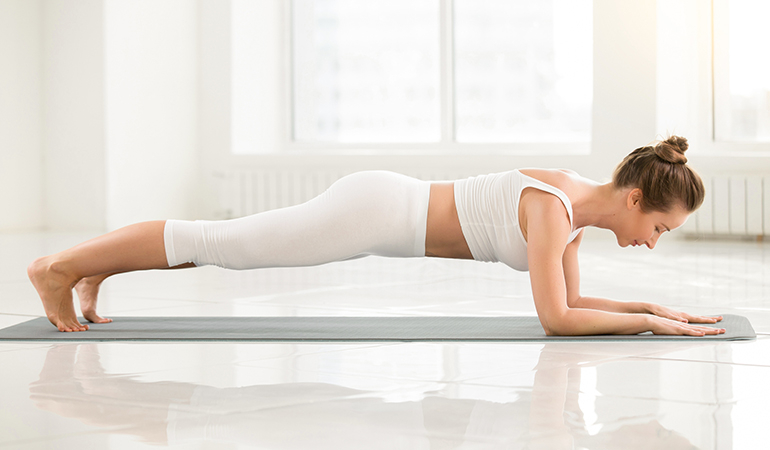
Yoga -
In Chinese culture, the terms Yin and Yang yoga relate to a complicated relational idea in which opposing elements are considered interwoven and counterbalancing. Yin Yoga is a slower kind of yoga in which poses are held for extended periods of time, focusing on the body's deep, dense (Yin) connective tissues and joints. Yang yoga is a Hatha or Ashtanga-based asana practice that improves muscular strength, endurance, and flexibility. Yin and Yang Yoga is a class that alternates between a newly designed Yin yoga practice and classic Yang yoga practices throughout the first half of the class.
Yin and Yang yoga combines the benefits of passively maintaining yoga poses with more dynamic sequencing and standing postures to create a unique yoga practice. The Taoist ideas of Yin and Yang describe the two related aspects found in everything. Yin is the opposite of Yang. It is internal, passive, cooling, and downward. Yin, on the other hand, is more outward, lively, warming, and ascending.
When these phrases are applied to yoga, Yin Yoga is a slower kind of yoga in which positions are maintained passively for extended periods of time, focusing on the body's deep, dense (Yin) connective tissues and joints. Yang Yoga, on the other hand, is a more active form of yoga that focuses on the (Yang) muscles and blood flow while also improving strength, stamina, and flexibility. Yang yoga techniques, such as Vinyasa Flow, are characterized by rhythm and repetition.
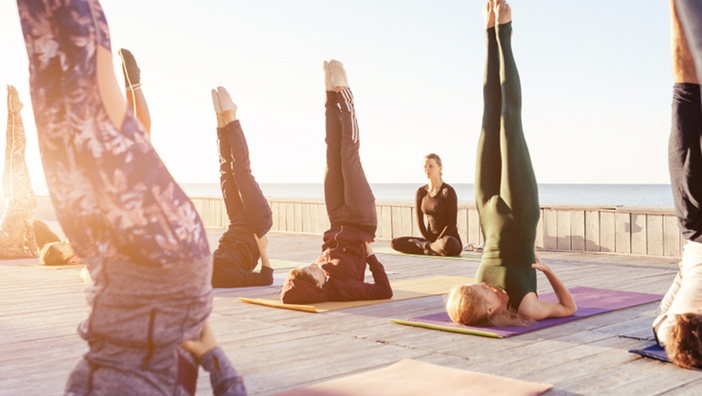
YogaEasy 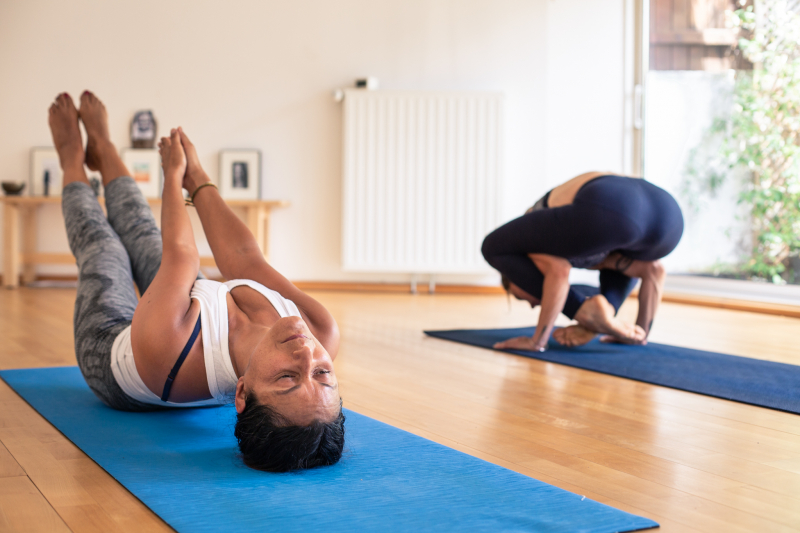
YogaEasy -
Restorative yoga is unlike most other types of yoga in that it is an entirely distinct experience and is one of the most popular yoga styles in the world. Discover what restorative yoga is and why it's so important to slow down and appreciate the benefits of rest. Restorative yoga is appropriate for all levels of practitioners. Restorative yoga is a relaxing practice that involves holding yoga positions (asanas) for longer periods of time while using props such as yoga blocks, blankets, and bolsters.
It's a deep relaxation technique that stresses yoga's contemplative aspect (the connection of body and mind). Many of the positions are held relatively effortlessly thanks to the use of props for support. When the body relaxes, the mind can also relax consciously as tension is lifted from both the body and the mind. During a restorative yoga practice, the only effort you have to make is to pay attention to your breath and become aware of any sensations or thoughts that occur. The prevailing trend in Western yoga is to make it more athletic, aerobic, and acrobatic in nature.
For example, in a normal Vinyasa class, you'll move quickly from one posture to the next as you create heat and improve your strength and flexibility over time. Restorative yoga, in contrast to these vigorous kinds of yoga, focuses on muscle relaxation through the use of props to support the body. You'll get a moderate stretch in some of the restorative positions. The duration of restorative yoga poses ranges from 5 to 20 minutes.
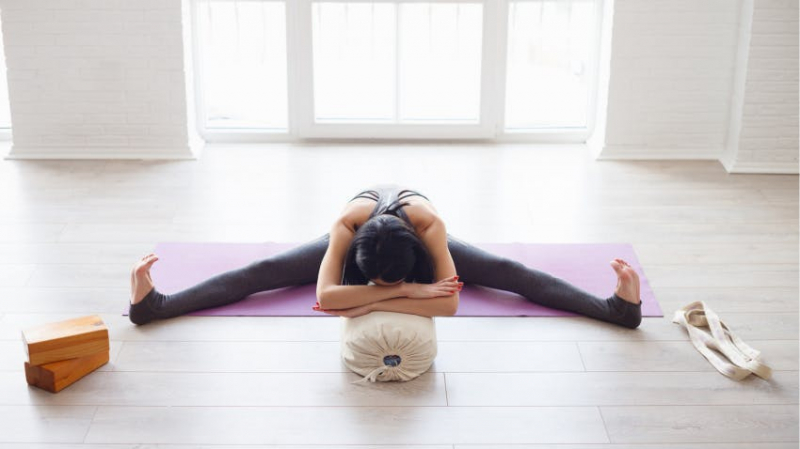
LEEP.APP 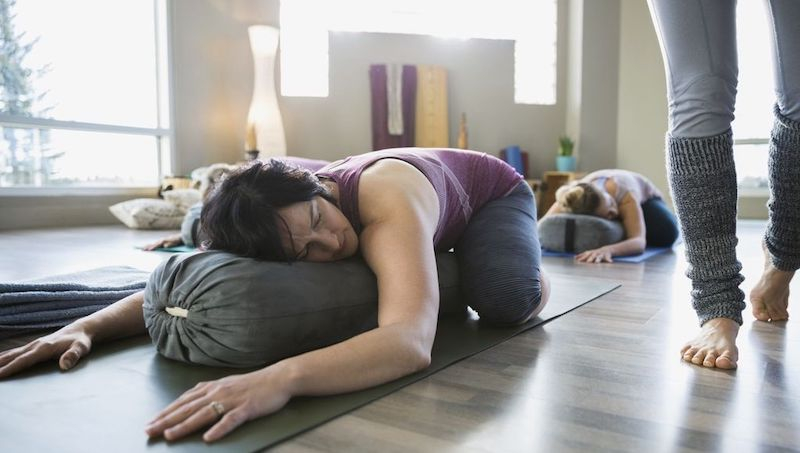
Styleoga











